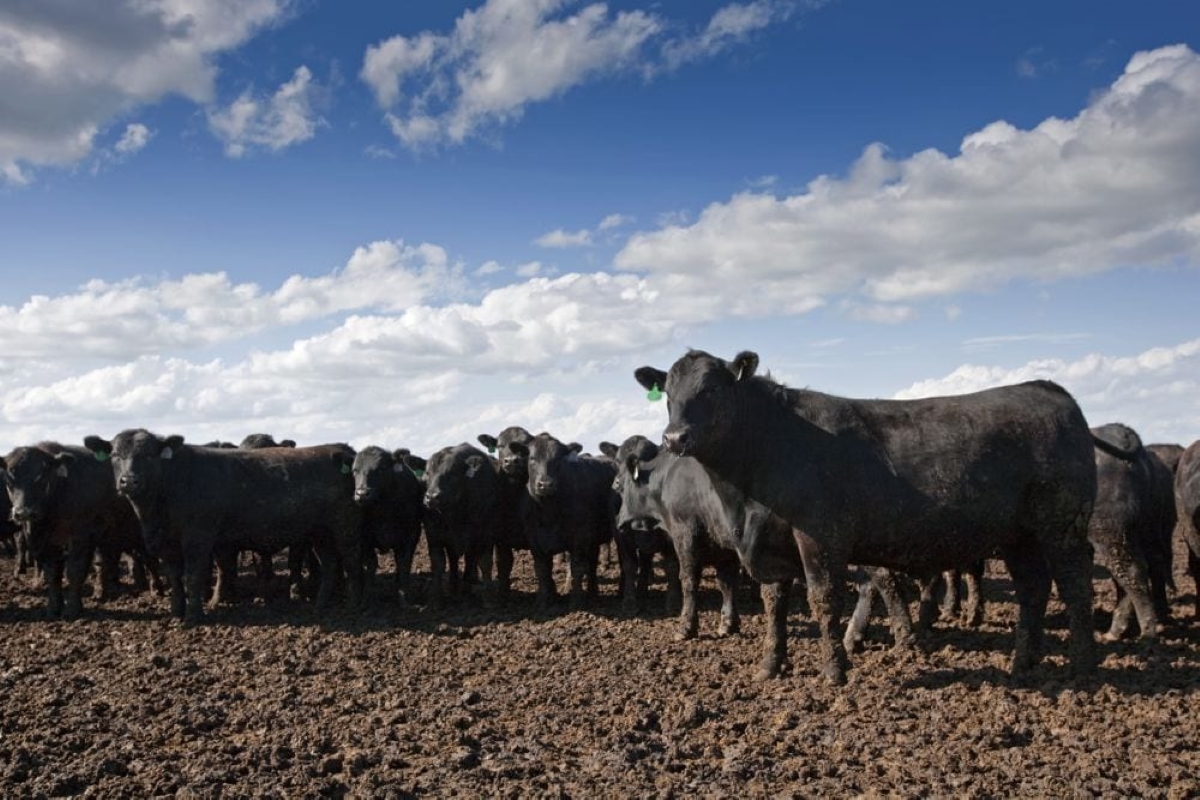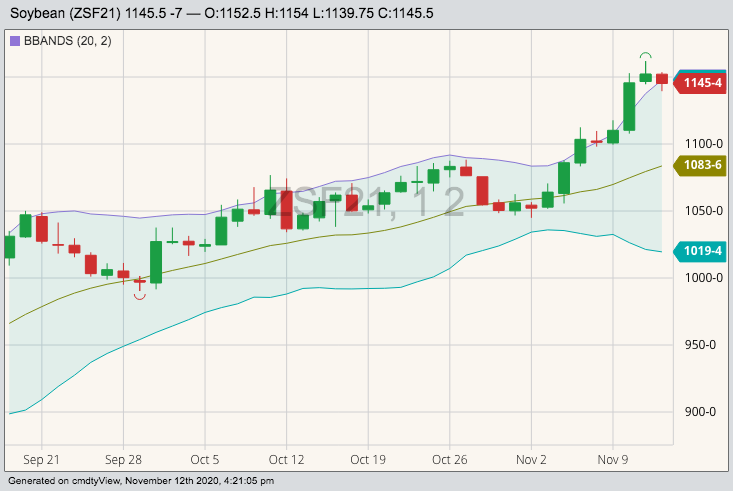Chicago | Reuters — Chicago Board of Trade soybean futures pulled back on Thursday, a session after they hit their highest level in about 4-1/2 years, and corn futures retreated from their highest in more than a year.
The markets took a breather after rallying on a U.S. Department of Agriculture crop report, issued Tuesday, that projected domestic corn and soybean stockpiles at a seven-year low.
Profit-taking and technical selling added pressure on corn, traders said. On Wednesday, the March contract set a high of $4.35-3/4 a bushel before turning lower and closing below Tuesday’s settlement (all figures US$).
Read Also

U.S. livestock: Cattle futures fall on expectations of US agriculture secretary announcement
Chicago | Reuters – Chicago Mercantile Exchange cattle futures fell on investor expectations that U.S. Agriculture Secretary Brooke Rollins might…
“Yesterday March corn had a key reversal,” said Don Roose, president of broker U.S. Commodities. “That is a key signal that we either hit an intermediate top or a major top. A major top is, you can’t get back up there again anytime soon.”
The most-active soybean contract on the Chicago Board of Trade (CBOT) dropped seven cents to $11.45-1/2 per bushel. On Wednesday, prices reached their highest since June 2016 at $11.62-1/4.
CBOT corn slid nine cents to $4.08-1/4 per bushel, after the most actively traded contract on Wednesday reached its highest price since July 2019.
Commodity funds were net sellers of an estimated 35,000 corn contracts on Thursday, traders said.
“U.S. markets have marked a pause after the jump in prices following a stunning USDA report for corn and soybeans,” consultancy Agritel said in a note.
USDA’s tighter estimates for U.S. soybean and corn supplies put more attention on production prospects in South America, with persistent dryness in parts of Brazil and Argentina causing concern.
The Rosario Grains Exchange (BCR) estimated Argentina’s wheat harvest at a five-year low of 16.7 million tonnes.
CBOT wheat fell 9-3/4 cents to $5.88-1/4 per bushel and hit its lowest price since Oct. 12.
“We’re calling it a correction in a market that is eerie spooky with a key reversal in corn and the trend breaking down on wheat,” Roose said.
— Reporting for Reuters by Tom Polansek in Chicago; additional reporitng by Gus Trompiz in Paris and Naveen Thukral in Singapore.
















